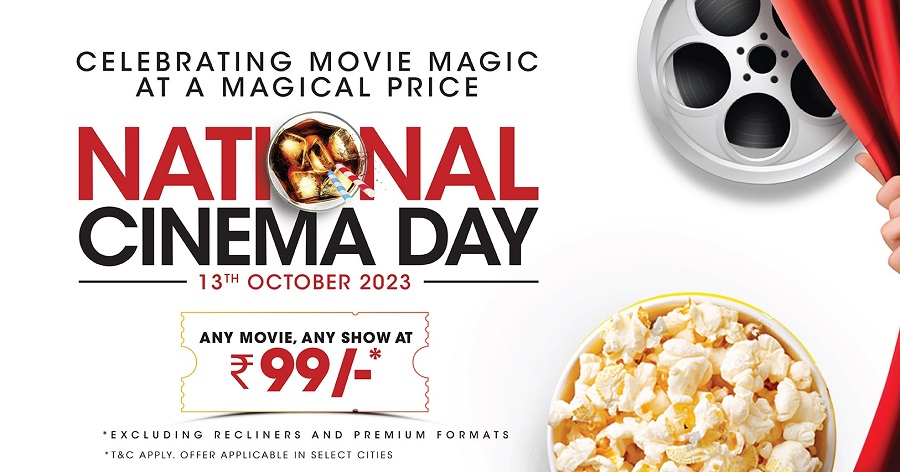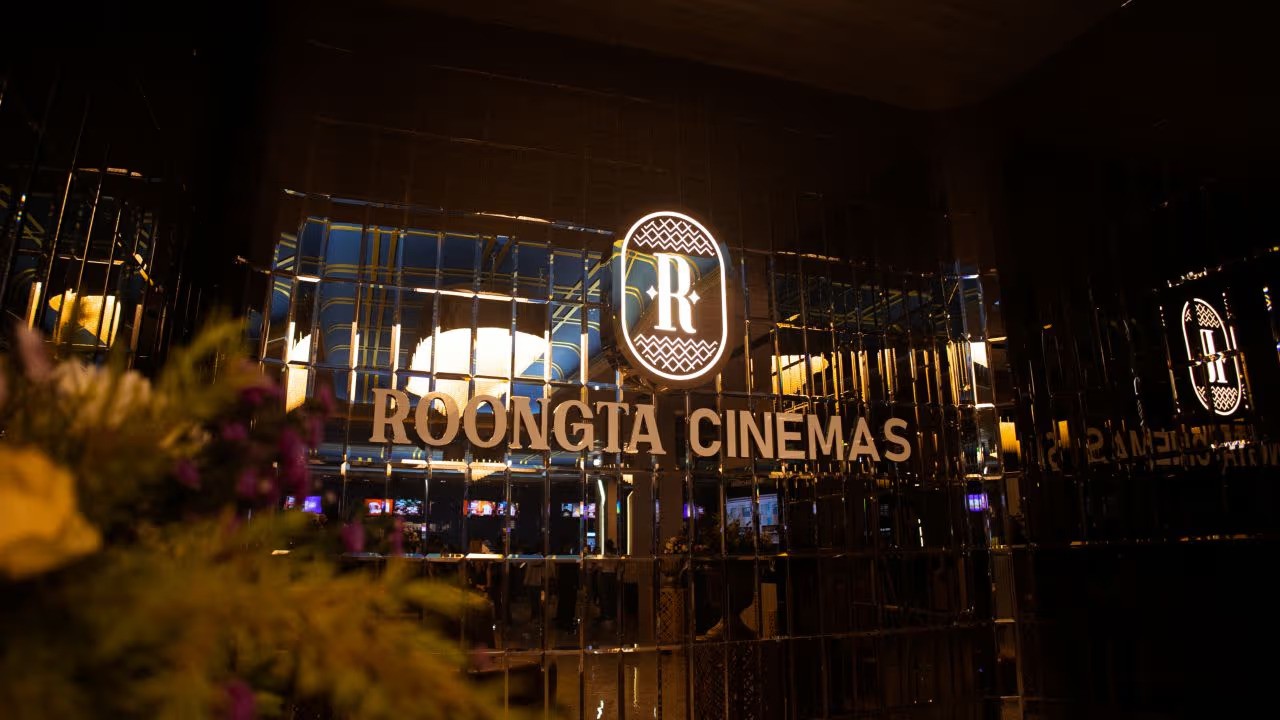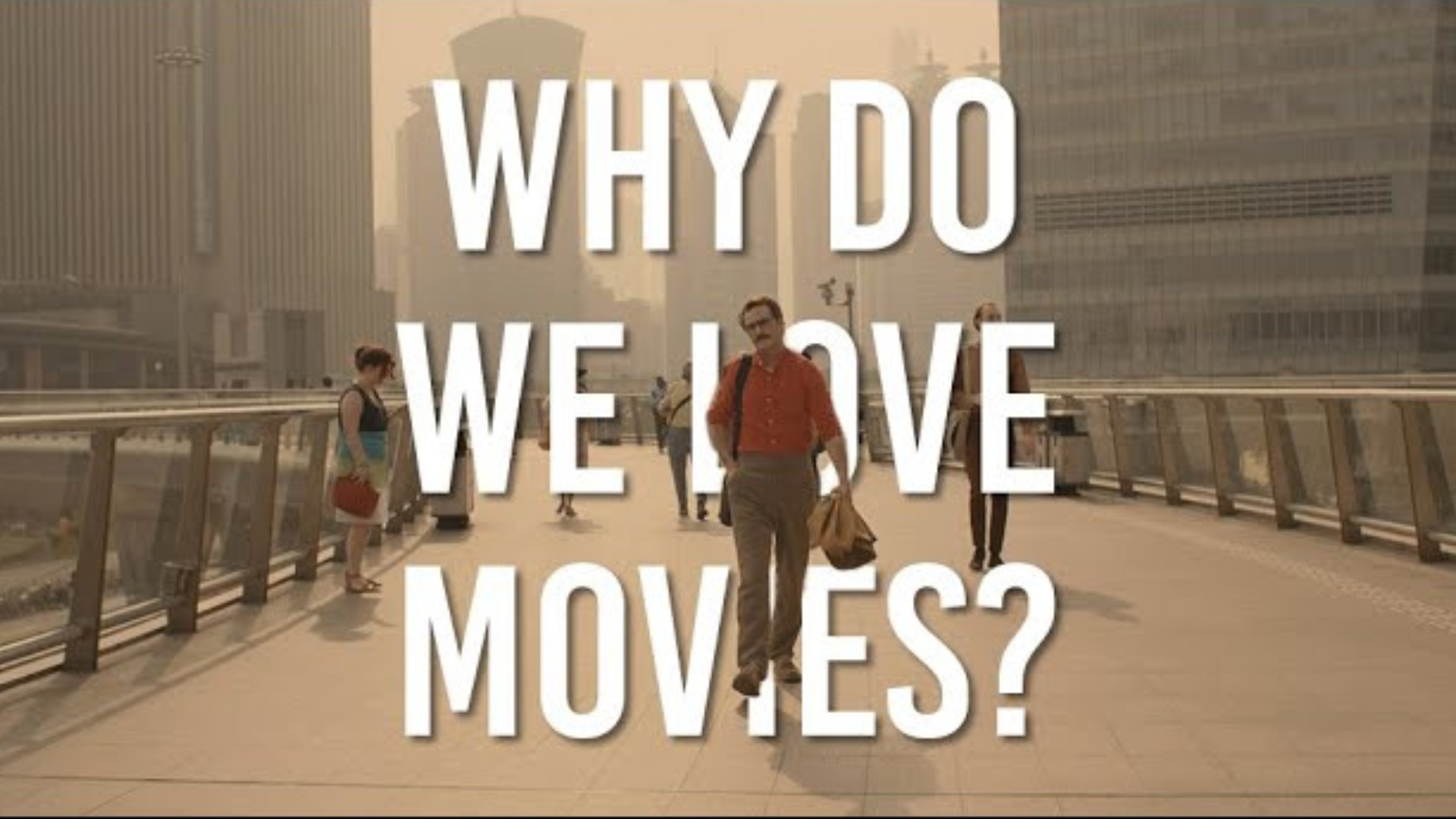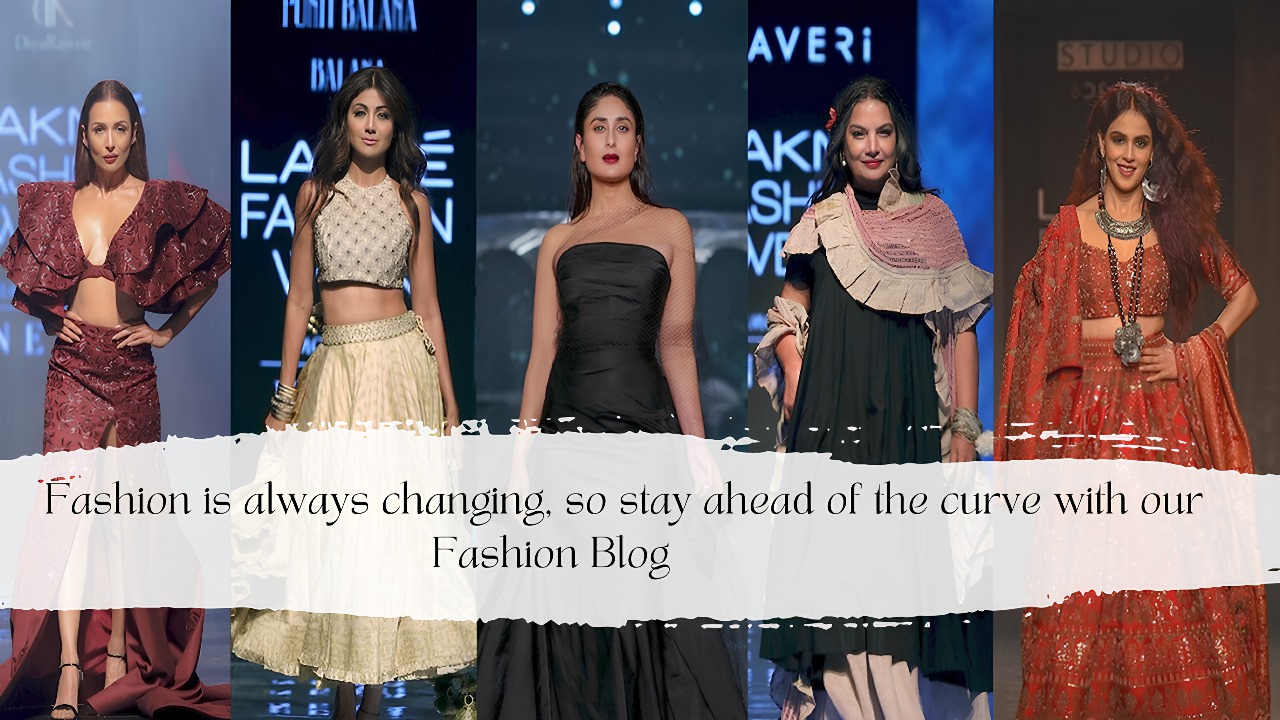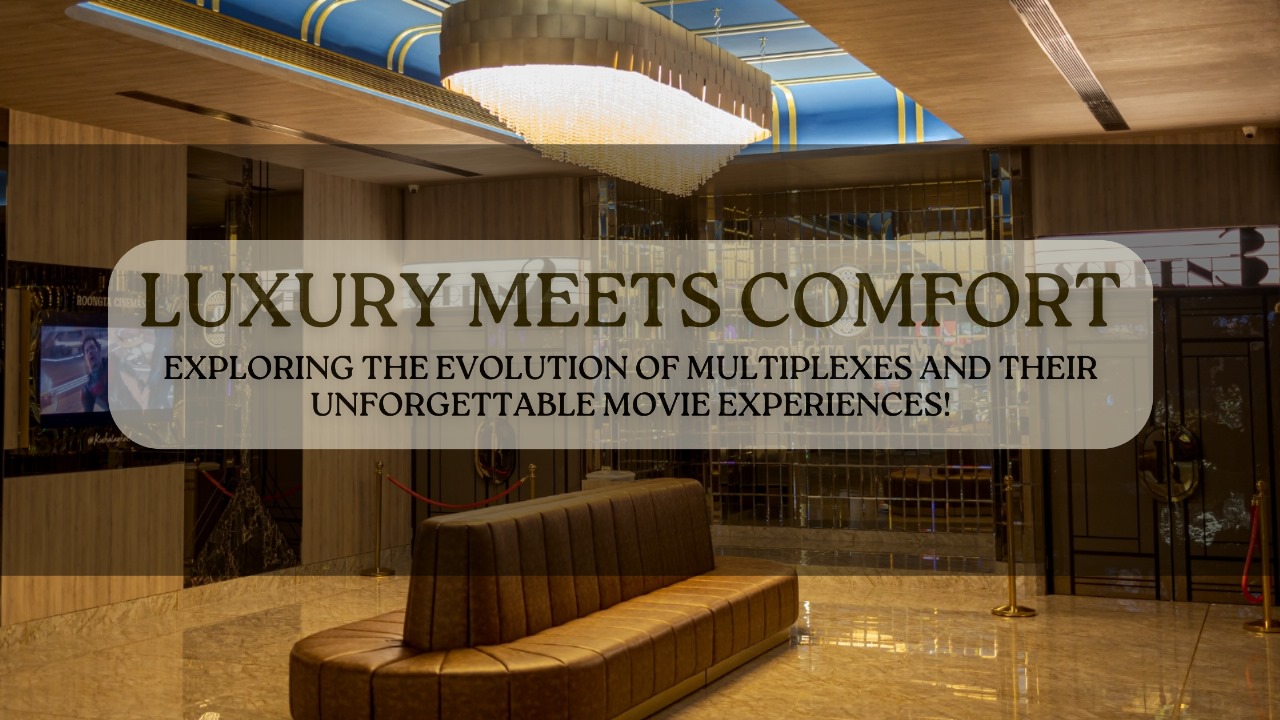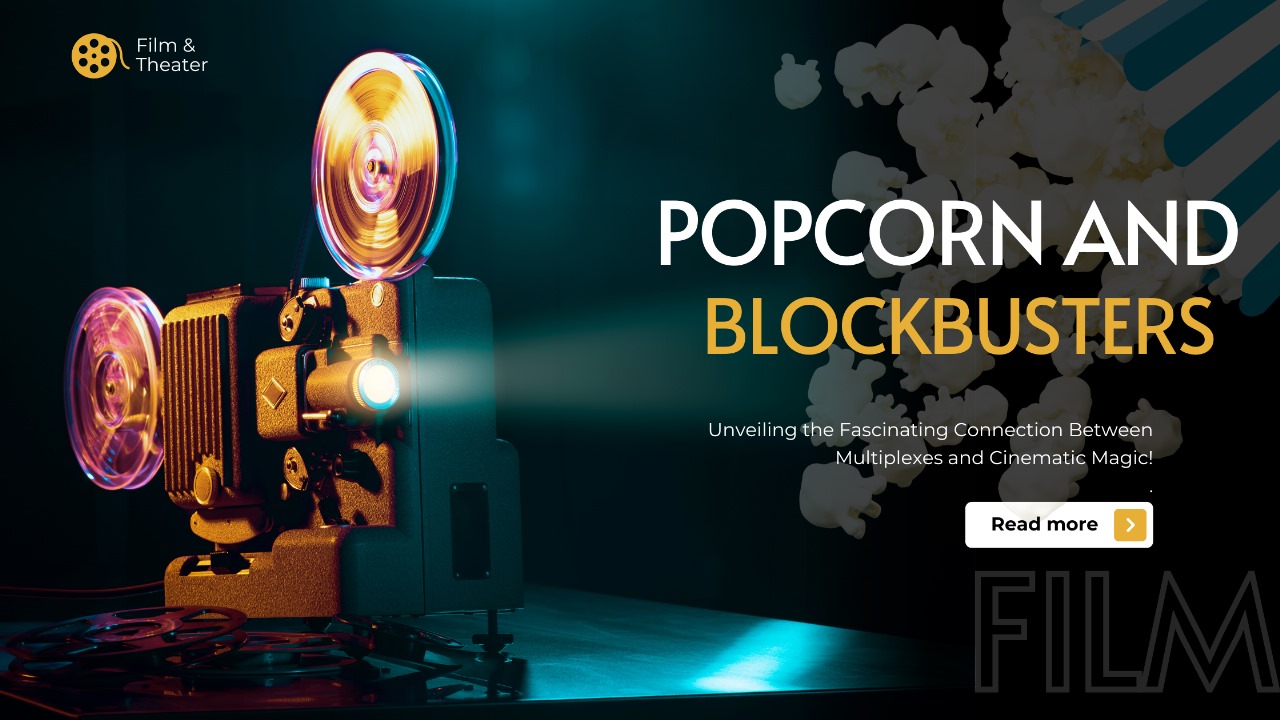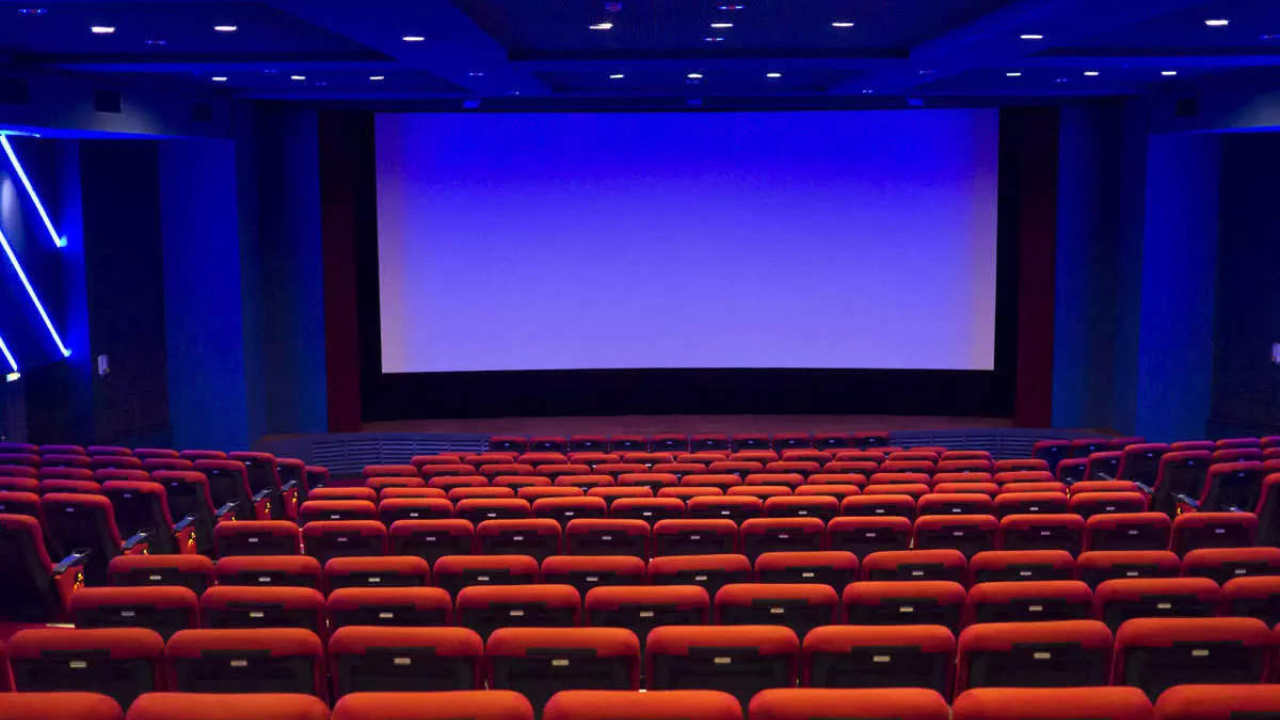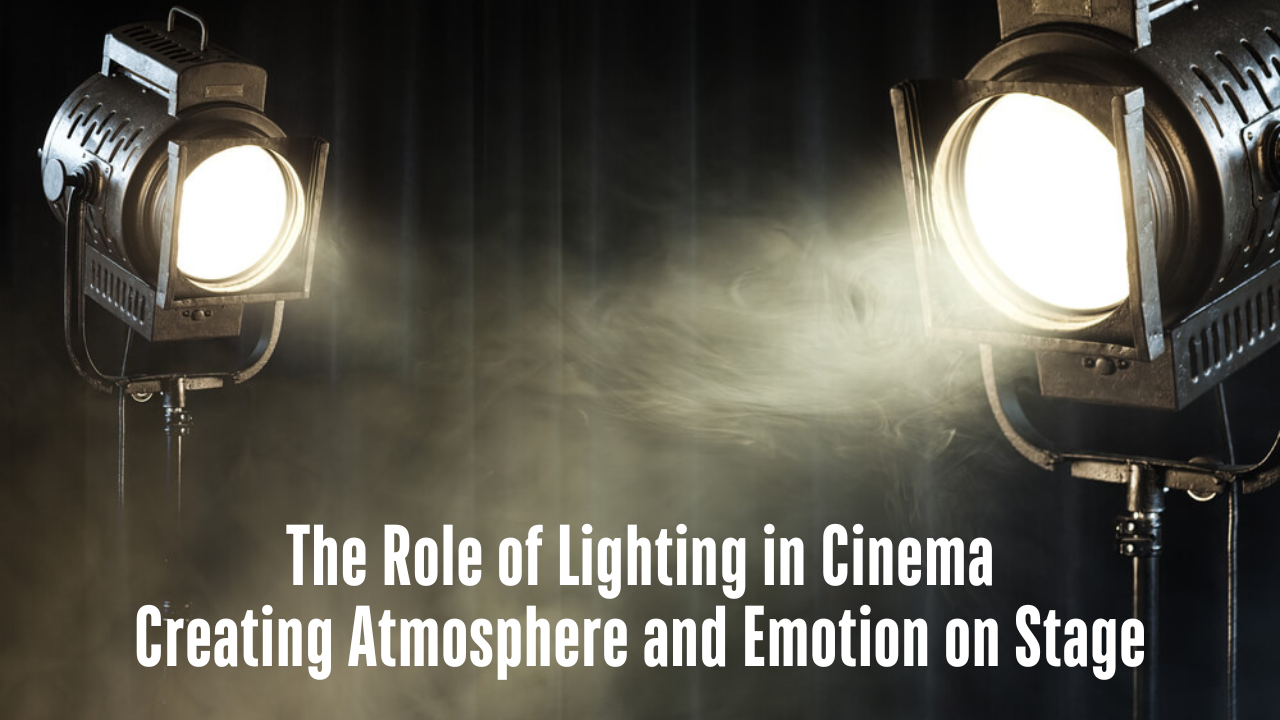
Although very little is noticed, lighting is by far the most prominent aspect of cinema. A cinema such as Roongta presents us the quiet actor, the light that sets the atmosphere, centers our thoughts, and nodes to the storytelling who is the director. Next time you watch a film at Roongta, take a look at the light, notice how it affects your mind, and learn to appreciate the work of the director. At Roongta, the clever use of light with its subtle brilliance makes each screening a cinematic masterpiece.
Watching a movie can be an experience that goes beyond the actors, scripts, and even the plot. One of the elements that may also captivate us is the powerful effect of lighting. Lighting in film is not only a means of technical execution but also a way to create a mood, to guide our emotions, and to bring us deeper into the narrative.
Setting the Scene with Lighting
Picture the hero who enters the darkened room in your mind. The shadows that the only light bulb casting a beam from the ceiling provides creates a genuinely creepy atmosphere. You can see the same dark room suddenly become brighter and turn into a safe space, welcoming, and even making you feel good. Such is the brilliance of lighting. It is this that creates the atmosphere and feeling of each and every scene, through visual cues the audience is directed as to the emotions they should be experiencing whether fear, excitement, sadness, or joy
Lighting artists in movies fully appreciate the fact that their work is instrumental in transmitting the director's concept. It is through playing with light and shadow that they can sculpt the space to resemble the actual story which in turn, grips the viewer into the world of the characters.
Guiding Emotions with Light
The lighting in the movie is not only the part of light but also the part of emotion. The scene’s lighting can make it so that we understand the characters and their situations better. For example, soft, diffused lighting has the ability to express romance or nostalgia, while direct light can be used to highlight conflict or drama. In horror films, low-key lighting, where shadows take over the scene, increases the effect of fear and suspense.
Take a classic example: a character standing alone in a spotlight. The remaining piece of the scene disappears into the darkness, thereby, directing our attention only to him. This technique is often used to signify such a moment of revelation or strong feeling when the main character realizes something crucial. The isolation created by the lighting makes us feel either the character’s vulnerability or strength, depending on the context.
Lighting as a Storytelling Tool
In fact, light in cinema is a narrative of its own. It can show or hide details, has the power to make tension, and to be precise even to tell other things that will happen in the future. For instance, the gradual reduction of lights in a scene might indicate the coming disaster, on the other hand, a sudden glow of light can be meant for hope or revelation.
In addition to this, lighting also plays a significant role in the development of the characters. A villain can be thrown into the light from below, making their face look like an omen, while a hero can be lighted with soft natural light to show their positive features. These seemingly insignificant decisions in lighting the film are part of the way we see and feel the characters in the movie.
The Emotional Impact of Color
Color brings the lighting in a movie closer to its main purpose, another important aspect. The color and brightness of the light can reflect certain moods. For example, warm colors such as red, orange, and yellow can bring up associations with passion, warmth, and danger, respectively, while cool colors such as blue and green can, to a greater or lesser extent, remind the viewer of calm, sadness, or eeriness.
Directors and lighting designers use colored lighting in order to create an emotional response in the audience. For instance, on the one hand, the application of red lighting in a scene may manifest stronger emotions like tension or urgency, while on the other hand, a soft blue light may stimulate the sensation of tranquility or melancholy. This intentional choice of color is what motivates the audience to undergo the emotional journey that the film requires.
Conclusion: Lighting as an Invisible Performer
Although very little is noticed, lighting is by far the most prominent aspect of cinema. A cinema such as Roongta presents us the quiet actor, the light that sets the atmosphere, centers our thoughts, and nodes to the storytelling who is the director. Next time you watch a film at Roongta, take a look at the light, notice how it affects your mind, and learn to appreciate the work of the director. At Roongta, the clever use of light with its subtle brilliance makes each screening a cinematic masterpiece.
RECOMMENDED FOR YOU
Popcorn and Blockbusters: Unveiling the Fascinating Connection Between Multiplexes and Cinematic Magic!




